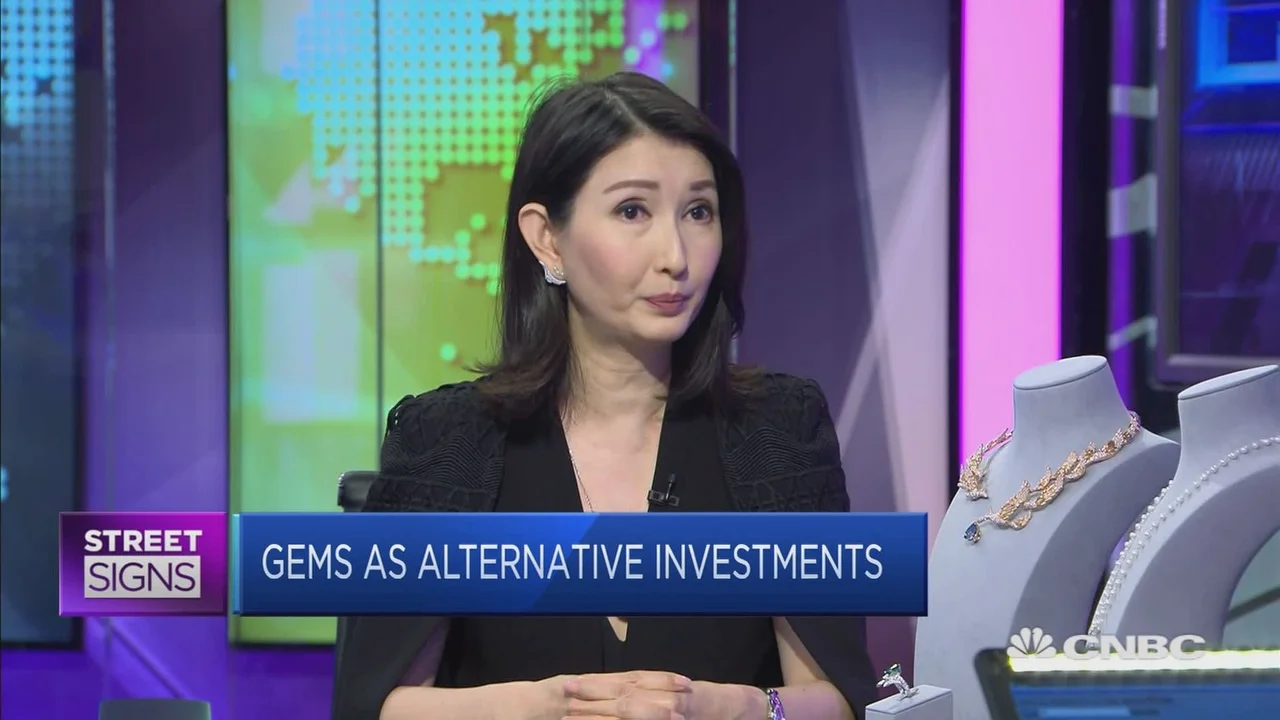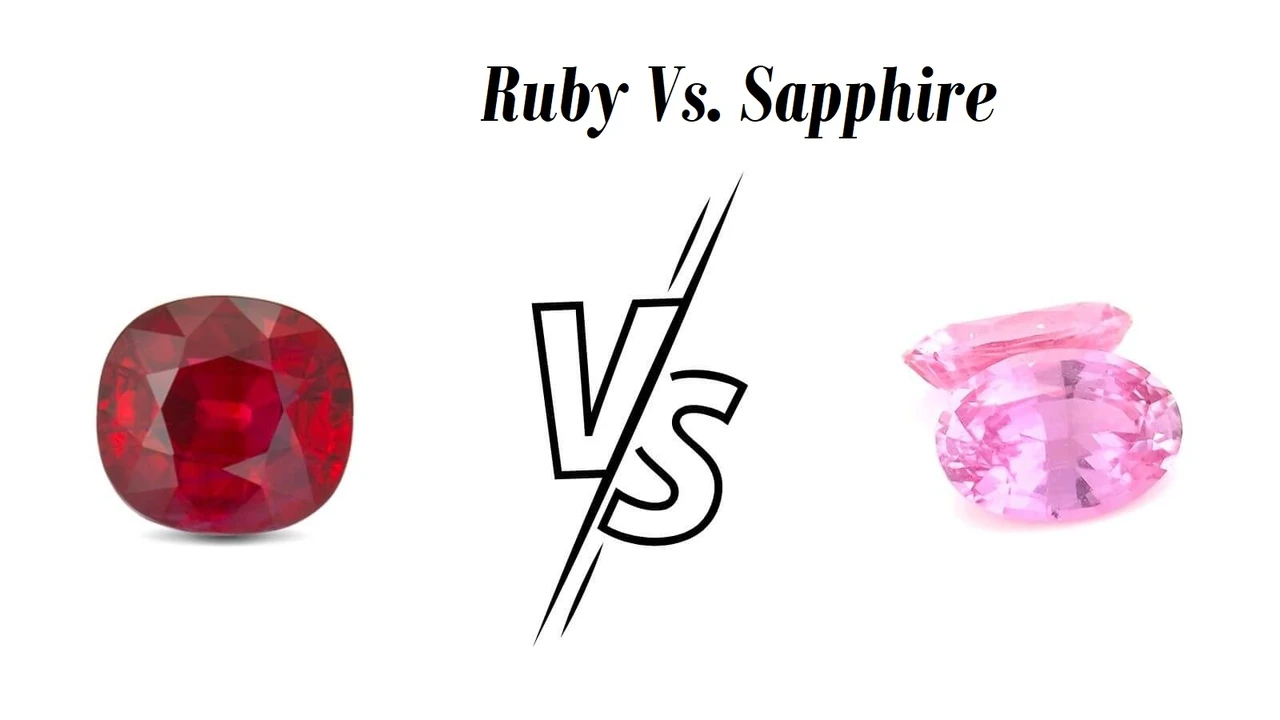Tax Implications of Colored Gemstone Investing in the US and Southeast Asia
Understand the tax implications of colored gemstone investing in the US and Southeast Asia. Navigate the complexities of taxation and maximize your returns.

Understanding Colored Gemstone Investment Taxes in the US
Alright, let's dive into the world of taxes for colored gemstones in the US. First off, the IRS treats gemstones as collectibles, which means they're subject to a higher capital gains tax rate than stocks or bonds. This rate can be up to 28%, so it's crucial to keep this in mind when calculating your potential profits.
Now, let's talk about holding periods. If you hold your gemstone for more than one year, you'll be subject to the long-term capital gains rate, which, as mentioned, can be up to 28%. If you sell it within a year, you'll be taxed at your ordinary income tax rate, which could be even higher. Ouch!
Deducting expenses is also a tricky area. You can typically deduct expenses directly related to the sale of your gemstone, such as appraisal fees, advertising costs, and shipping expenses. However, you can't deduct expenses related to the purchase or maintenance of the gemstone, like insurance or storage fees.
Finally, remember to keep meticulous records. The IRS loves documentation, so make sure you have receipts for every purchase, sale, appraisal, and expense related to your gemstone investments. This will save you a lot of headaches in the event of an audit.
Navigating Gemstone Taxation in Southeast Asia
Southeast Asia presents a different landscape when it comes to gemstone taxation. The rules vary significantly from country to country, so it's essential to understand the specific regulations in the region where you're investing.
In countries like Thailand and Myanmar, which are major gemstone producers, there might be specific taxes on the export of gemstones. These taxes can be quite significant and can impact your overall profitability. It's crucial to factor these export taxes into your investment calculations.
Value Added Tax (VAT) or Goods and Services Tax (GST) is another consideration. Many Southeast Asian countries have VAT or GST, which is applied to the sale of goods and services. This tax can affect the final price you pay for a gemstone, so it's essential to understand how it works in each country.
Capital gains taxes also vary across the region. Some countries may have lower capital gains tax rates than the US, while others may have higher rates. It's crucial to research the specific capital gains tax rules in the country where you're selling your gemstone.
Just like in the US, record-keeping is essential in Southeast Asia. Keep detailed records of all your transactions, including purchase prices, sales prices, export taxes, and any other relevant expenses. This will help you comply with local tax regulations and avoid potential penalties.
Gemstone Investment Tax Strategies for US Investors in Southeast Asia
So, how can US investors navigate the complex tax landscape of gemstone investing in Southeast Asia? Here are a few strategies to consider:
- Consult with a tax advisor: This is perhaps the most important step. A qualified tax advisor who specializes in international investments can help you understand the tax implications of your gemstone investments and develop a tax-efficient strategy.
- Consider forming an offshore company: Depending on your investment goals and risk tolerance, forming an offshore company in a tax-friendly jurisdiction could help you minimize your tax liabilities. However, this is a complex strategy that requires careful planning and legal advice.
- Take advantage of tax treaties: The US has tax treaties with many countries around the world, including some in Southeast Asia. These treaties can help you avoid double taxation and reduce your overall tax burden.
- Time your sales carefully: Depending on your individual tax situation, it might be beneficial to time your sales to take advantage of lower tax rates or to offset losses from other investments.
- Keep detailed records: As mentioned earlier, meticulous record-keeping is essential. This will help you comply with tax regulations and avoid potential penalties.
Featured Gemstones and Their Tax Implications
Let's look at some specific gemstones and their potential tax implications, along with some example products and pricing (keep in mind these are just examples and prices can vary widely):
Sapphires
Sapphires are a popular investment gemstone, particularly blue sapphires from Sri Lanka and Kashmir. A 3-carat Ceylon sapphire, untreated, might sell for $5,000 - $15,000 depending on color saturation and clarity. A similar sapphire, but heat-treated, would likely be priced lower, perhaps $3,000 - $8,000. When selling, remember the capital gains tax implications in the US or the VAT/GST in Southeast Asia. Also, consider the deductibility of appraisal fees incurred during the sale.
Product Example: 3-Carat Ceylon Blue Sapphire (Untreated)
Use Case: Investment portfolio diversification, potential heirloom piece.
Price Range: $5,000 - $15,000
Emeralds
Colombian emeralds, especially those with excellent clarity and color saturation, command high prices. A 2-carat Muzo emerald with minimal treatment could fetch $10,000 - $30,000. A similar emerald with significant clarity enhancement might sell for $5,000 - $15,000. When selling, documentation proving the origin (Colombia) and any treatments is crucial for valuation and tax purposes. The higher the value, the more important accurate appraisals become for justifying sales prices to tax authorities.
Product Example: 2-Carat Muzo Colombian Emerald (Minor Oil Treatment)
Use Case: High-end jewelry, investment.
Price Range: $10,000 - $30,000
Rubies
Burmese rubies, particularly those with the 'pigeon's blood' color, are highly sought after. A 1-carat Burmese ruby, untreated, with excellent color and clarity, can easily exceed $20,000. Treated rubies, while still valuable, are typically priced lower. The key tax consideration here is proper documentation to prove the ruby's origin and lack of treatment. This can significantly impact its value and, consequently, the capital gains tax you'll pay.
Product Example: 1-Carat Burmese Ruby (Untreated, Pigeon's Blood)
Use Case: Investment, collector's item.
Price Range: $20,000+
Comparing Gemstone Investment Options
When choosing which gemstones to invest in, consider the following:
- Liquidity: Some gemstones are more easily sold than others. Diamonds, for example, have a more established secondary market than some rarer colored gemstones.
- Volatility: Gemstone prices can fluctuate based on market demand, geopolitical events, and the discovery of new deposits.
- Storage and Insurance: Gemstones require secure storage and adequate insurance coverage, which can add to the overall cost of investment.
Real-World Examples of Tax Scenarios
Let's illustrate with a couple of scenarios:
Scenario 1: US Investor Selling in the US
John, a US resident, purchased a 3-carat Ceylon sapphire for $6,000. After holding it for 3 years, he sells it for $10,000. His taxable gain is $4,000, and he'll pay capital gains tax at a rate of up to 28% (depending on his overall income and tax bracket). He can deduct expenses related to the sale, such as appraisal fees.
Scenario 2: US Investor Selling in Thailand
Maria, a US resident, purchased a 2-carat Muzo emerald for $12,000. After holding it for 2 years, she sells it in Thailand for $18,000. She needs to consider the capital gains tax implications in the US, as well as any VAT or GST in Thailand. She should consult with a tax advisor to determine the best way to minimize her tax liability.
Final Thoughts
Investing in colored gemstones can be a rewarding experience, but it's crucial to understand the tax implications in both the US and Southeast Asia. By consulting with a qualified tax advisor, keeping meticulous records, and carefully planning your investment strategy, you can navigate the complexities of gemstone taxation and maximize your returns. Don't forget to research specific gemstone origin and treatment, as these factors significantly impact valuation and tax obligations.
:max_bytes(150000):strip_icc()/277019-baked-pork-chops-with-cream-of-mushroom-soup-DDMFS-beauty-4x3-BG-7505-5762b731cf30447d9cbbbbbf387beafa.jpg)






